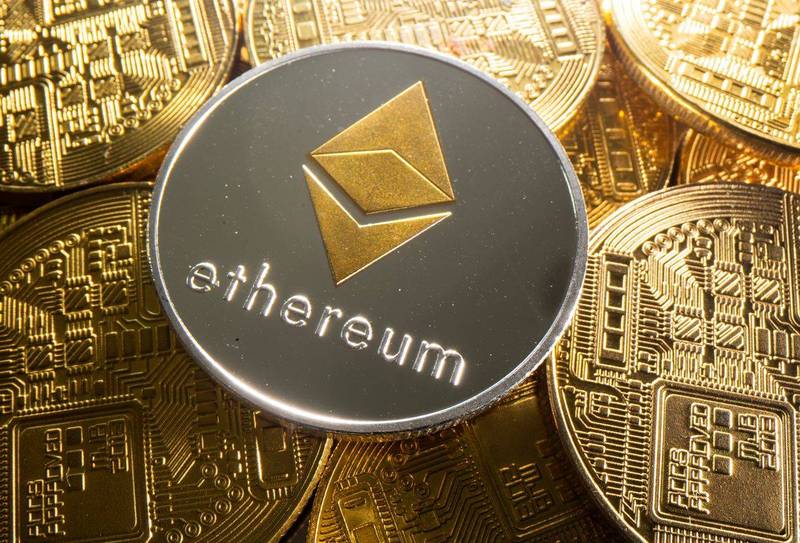In the world of cryptocurrencies and blockchain technology, few platforms have captured the imagination of developers, investors, and enthusiasts quite like 以太幣價格 . Since its inception, Ethereum has risen to prominence as more than just a digital currency; it’s a decentralized platform that facilitates the creation of a wide range of applications and smart contracts. Born out of the vision of Vitalik Buterin in 2015, Ethereum introduced a groundbreaking concept that expanded the capabilities of blockchain beyond simple transactions.
At its core, Ethereum enables developers to build decentralized applications (DApps) and execute smart contracts on its blockchain. This innovation marked a significant departure from Bitcoin’s primary use case as a digital currency. Smart contracts, self-executing code with predefined rules, have the potential to revolutionize industries by automating processes, reducing intermediaries, and increasing transparency. This has found utility in sectors as diverse as finance, supply chain management, real estate, and more.
One of Ethereum’s major achievements is the creation of Initial Coin Offerings (ICOs), which allowed startups to raise funds through the issuance of their own tokens on the Ethereum blockchain. While ICOs gained massive popularity, they also raised concerns about scams and regulatory gray areas. This led to the rise of Security Token Offerings (STOs) and a greater emphasis on regulatory compliance within the blockchain space.
However, Ethereum faced its own challenges, primarily scalability and energy efficiency. The platform’s heavy reliance on Proof of Work (PoW) consensus mechanism posed scalability issues, leading to network congestion and high transaction fees during periods of high demand. Ethereum’s transition to a Proof of Stake (PoS) mechanism through Ethereum 2.0 aims to address these challenges by reducing energy consumption and increasing scalability.



